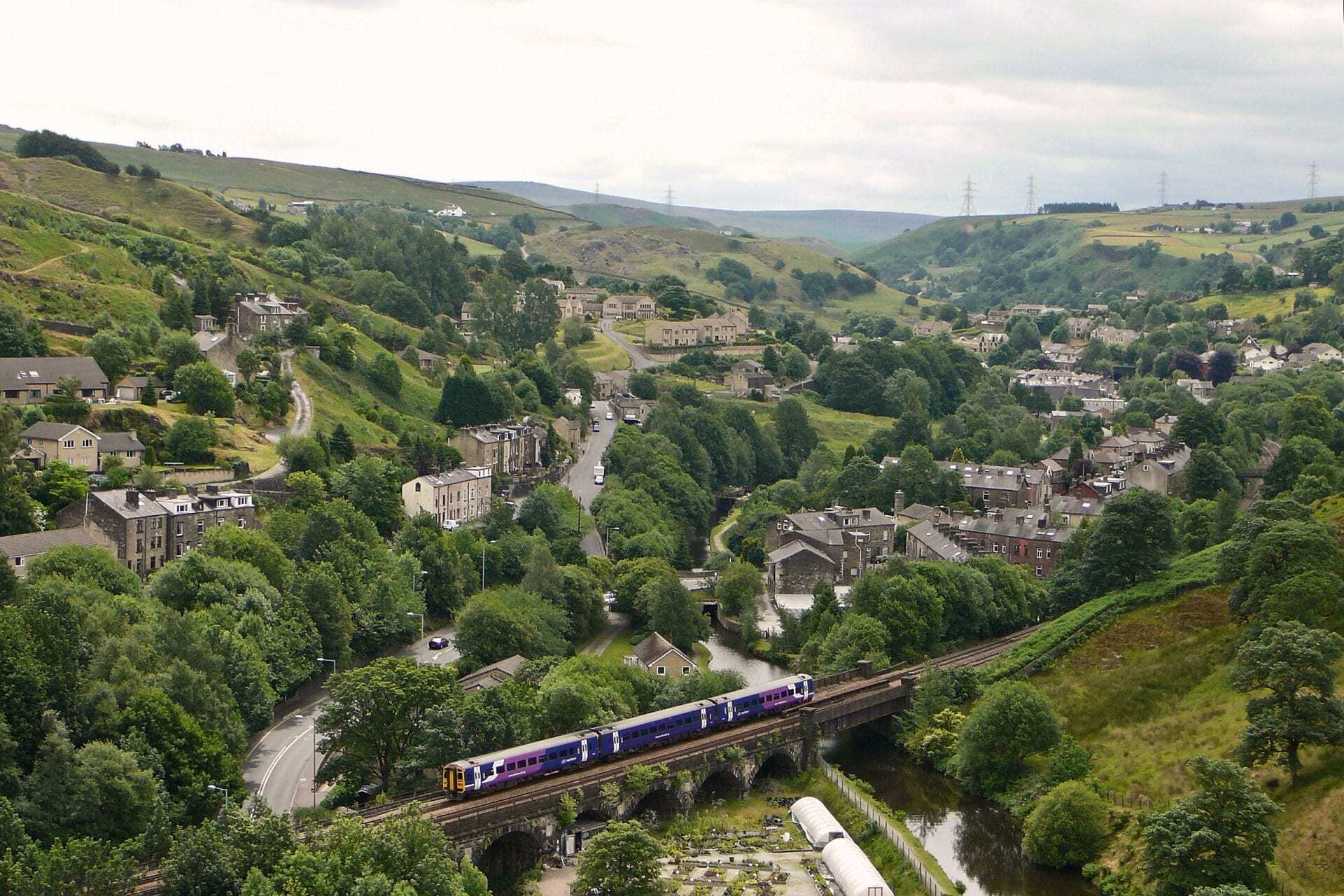Archaeologists have revealed the hidden secrets of Todmorden’s lost buildings from its industrial past.
Todmorden is a market town in West Yorkshire, England and was once a major industrial centre from the manufacturing of the UK textile industry.
The dig is taking place on a site off Rochdale Road prior to the construction of new flood defence walls and associated works – and local people will be able to take a look at the finds and speak to the archaeologists at a special open event between 11am and 3pm on Thursday, 8 September.
Old records show that the town’s first textile mill stood on the site from 1782 to the early 1820s when it was replaced by a larger building called Waterside Mill. By 1829, this was said to be the largest weaving shed in the world, housing 800 looms, powered by a large water wheel housed in a three storey building.
The mill continued to expand during the rest of the 19th century but ceased production in 1961 and the site was cleared in the 1980s.
Archaeologists recorded the remains of the later mill after its demolition but this is the first opportunity they have had to record the wall foundations and other features associated with the earlier 18th century building.
The work is being carried out by a team from the West Yorkshire Archaeology Service and has been approved by the senior county archaeologist, David Hunter, who has been liaising closely with the Environment Agency’s own regional archaeologist, Jen Richards.
“The new flood defence scheme will impact on some of the historic remains of the mill so we must take the opportunity to record what is there and, in doing so, learn something more about Todmorden’s industrial heritage,” said Jen.
“Some recording was done previously by the Royal Commission for Historic Monuments but we will be undertaking a far more detailed appraisal of the site and will be recording what lies underneath the archaeology previously investigated.
“This is an exciting opportunity as what we find will add to our understanding of the various phases of development in this locally significant area of the town.”
The dig site occupies about 1,000 square metres and is known locally as Morrison’s waste ground. It lies just off Rochdale Road, opposite Daleside.
Header Image Credit : Tim Green





